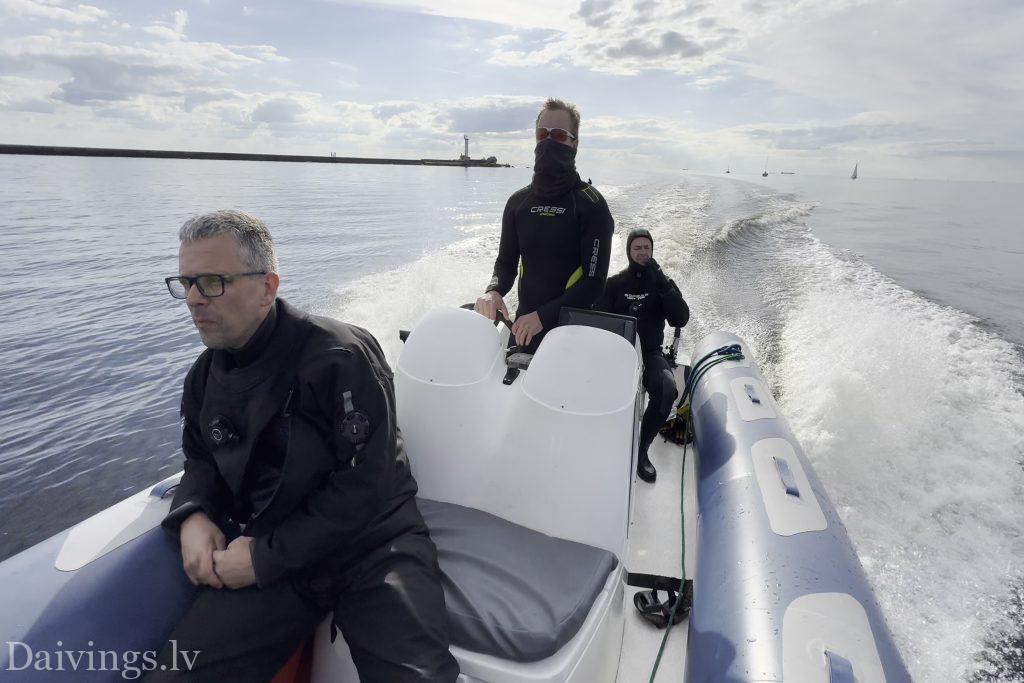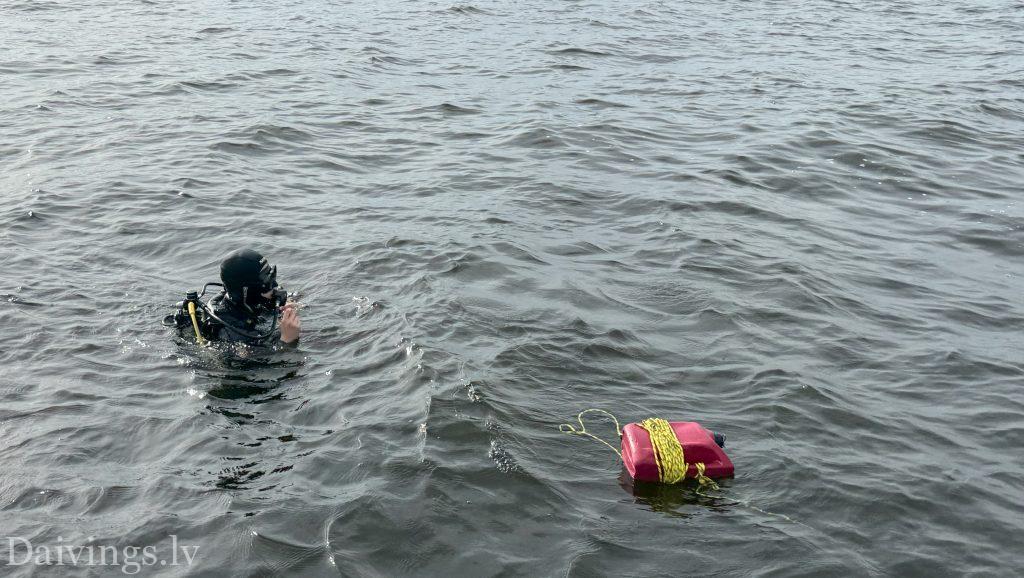#DAIVING divers constantly make exciting discoveries off the coast of Latvia, exploring sunken shipwrecks. These wrecks serve as windows to the past, revealing new facts about our maritime history and our fates at sea.
Recently, as a DIVING team, we went on an expedition to a wooden ship that sank in the 19th century. The wreck is located in the Gulf of Riga and is a wooden wreck with at least three anchors. DIVING divers carefully studied the wreck, documenting its condition, which could help identify the ship and its history.
These discoveries are not only fascinating but also valuable for historical researchers. They help us to gain a deeper understanding of our maritime traditions and development, as well as bring clarity to seafarers' daily lives and journeys.
The work of DIVINGS divers is amazing and is an important contribution to the study of Latvian history. Thanks to their dedication and courage, we learn more and more about the secrets of the past hidden at the bottom of the Baltic Sea.

The main reasons for keeping intact shipwrecks underwater are:
Preservation of historical and cultural heritage: Shipwrecks are like time capsules that hold valuable information about past seafaring, trade and technology. They give us an insight into the lives of seafarers, shipbuilding methods and sea routes. Intact wrecks allow us to study this history in an authentic setting without disturbing it.
Archaeological research: Shipwrecks are rich in archaeological artifacts that can help us learn about human life in the past. From them you can get information about food, clothing, tools and other items used by seafarers. Human remains can also be found in wrecks, which can provide valuable information about their health, diet and even causes of death.
Biodiversity: Shipwrecks become artificial reefs that serve as a home for various species of marine animals. Moss, algae, coral, fish, crustaceans and even sharks can be found on them. The unique ecosystems formed in the wrecks are an important part of the marine environment.
Tourism: Shipwrecks can be popular tourist attractions that attract divers and other visitors. They can boost the local economy and help raise public awareness of the importance of marine heritage.
Education: Shipwrecks can serve as a valuable educational resource for learning about maritime history, archeology and biology. They can help students and others better understand our world.
A sense of mystery and adventure: Shipwrecks are shrouded in mystery and a sense of adventure. They can capture the imagination and spark an interest in maritime history and research.
It is important to note that not all shipwrecks are equally significant. Some wrecks may be more damaged or less historically significant than others. It is important to carefully evaluate the value of each wreck before deciding to preserve it.
Preservation of shipwrecks can be difficult and expensive. Factors such as the condition of the wreck, the surrounding environment and available resources must be taken into account. It is important to strike a balance between the value and cost of preserving the wreck.
"Daivings" divers together with archaeologists preserve history by documenting the discovered facts:
Cooperation with underwater archaeologists: "Daivings" divers and archaeologists form a close cooperation in order to effectively carry out the research of shipwrecks and document the discovered facts. Divers, thanks to their skills and experience underwater, are able to carefully survey the structure of the wreck and collect artifacts. Archaeologists, on the other hand, use their knowledge of history and archeology to interpret discoveries and ensure their preservation for future generations.

Documentation process: The documentation process is comprehensive and includes various methods:
- Photography and video recording: Detailed photography and video recording of the wreck and discovered artifacts is underway. This allows archaeologists to closely examine the wreck, even from the office, when it is not available for direct inspection.
- Drawings and sketches: Accurate drawings and sketches of the wreck are made to show its structure, dimensions and location. This information is valuable for further research and analysis.
- Artifact Cataloging: All artefacts discovered are carefully catalogued, including information on their location, description and possible significance. This allows archaeologists to trace the origins of artifacts and learn more about the history of the wreck.
- Preparation of the archaeological report: At the end of the research, a detailed archaeological report is prepared, which summarizes all findings, conclusions and recommendations for further research. This report serves as a valuable source of information for other researchers and the public.
Meaning: The cooperation of "Daivings" divers and archaeologists is irreplaceable in the preservation of history. Thanks to their painstaking work, shipwrecks become valuable sources of information that allow us to better understand our seafaring past and culture. This cooperation also promotes public awareness of the importance of marine heritage and promotes its protection for future generations.
Examples:
- "Daivings" divers together with archaeologists discovered a unique shipwreck of the 18th century off the coast of Latvia. Many valuable pieces of historical evidence were found in the wreck, providing new insight into the shipbuilding methods and trade routes used in that era.
The joint work of "Daivings" divers and archaeologists is amazing and inspiring. Their contribution to the preservation of history is invaluable and helps us to connect with the past.

